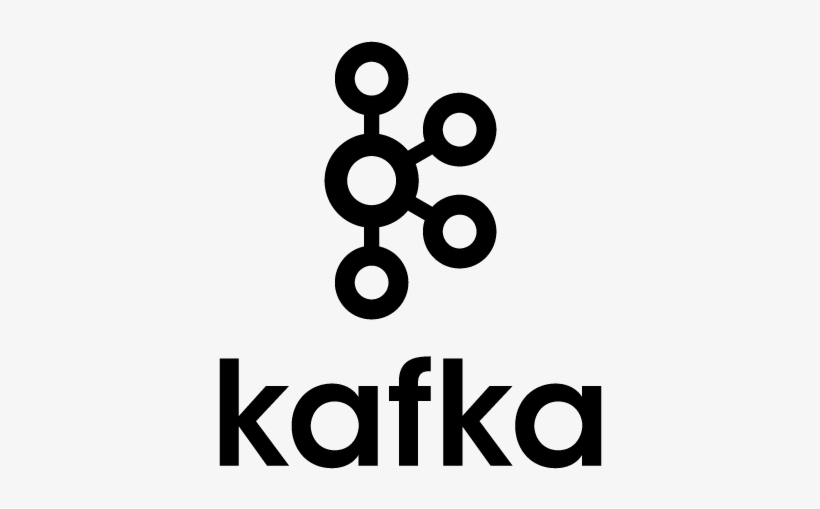Apache Kafka, a popular distributed streaming platform, provides the foundation for building scalable and fault-tolerant data processing systems. To harness the full potential of Kafka, it is crucial to understand how to configure both single-node and multi-node Kafka clusters. In this step-by-step guide, we will explore the process of setting up and configuring both single-node and multi-node Kafka clusters in Apache Kafka. We will provide detailed instructions, code samples, and configuration snippets to illustrate each step. Let’s dive in and uncover the power of Kafka clusters!

Part 1: Configuring a Single-Node Kafka Cluster
Step 1: Setting Up Apache Kafka
- Download the Apache Kafka distribution from the official Apache Kafka website (https://kafka.apache.org/downloads).
- Extract the downloaded archive to a directory of your choice.
Step 2: Configuring ZooKeeper
- Open the
config/zookeeper.propertiesfile in the Kafka directory. - Configure the
dataDirproperty to specify the location where ZooKeeper stores its data. For example:
dataDir=/path/to/zookeeper/dataStep 3: Configuring Kafka Broker
- Open the
config/server.propertiesfile in the Kafka directory. - Configure the following properties:
broker.id: Set a unique ID for the Kafka broker.listeners: Set the network interface and port for the broker to listen on. For example,PLAINTEXT://localhost:9092.log.dirs: Specify the directory where Kafka stores its data and logs. For example,/path/to/kafka-logs.zookeeper.connect: Set the connection string for ZooKeeper. For example,localhost:2181.
Step 4: Starting Kafka and ZooKeeper
- Open a terminal or command prompt and navigate to the Kafka directory.
- Start ZooKeeper by running the following command:
bin/zookeeper-server-start.sh config/zookeeper.properties- In a separate terminal or command prompt, start the Kafka broker by running the following command:
bin/kafka-server-start.sh config/server.propertiesCongratulations! You have successfully configured a single-node Kafka cluster.
Part 2: Configuring a Multi-Node Kafka Cluster
Step 1: Setting Up Multiple Kafka Brokers
- Copy the Kafka directory to multiple machines that will act as Kafka brokers.
- On each machine, configure the
server.propertiesfile as in Step 3 of the single-node configuration, but with unique values forbroker.id,listeners, andlog.dirs.
Step 2: Configuring ZooKeeper for Multi-Node Cluster
- Open the
config/zookeeper.propertiesfile on each machine. - Add the following properties to enable coordination between ZooKeeper instances:
initLimit=5
syncLimit=2
server.1=host1:2888:3888
server.2=host2:2888:3888
server.3=host3:2888:3888Replace host1, host2, and host3 with the IP addresses or hostnames of the ZooKeeper instances.
Step 3: Starting Kafka and ZooKeeper in Multi-Node Cluster
- Start ZooKeeper on each machine using the
zookeeper-server-start.shcommand, pointing to the respectivezookeeper.propertiesfile.
bin/zookeeper-server-start.sh config/zookeeper.properties
``
`
2. Start each Kafka broker on their respective machines using the `kafka-server-start.sh` command, pointing to the `server.properties` file.bin/kafka-server-start.sh config/server.propertiesStep 4: Creating Kafka Topics
1. Open a terminal or command prompt on any machine within the cluster.
2. Create a Kafka topic using the following command:bin/kafka-topics.sh --create --topic my-topic --partitions 3 --replication-factor 3 --bootstrap-server localhost:9092Adjust the topic name, partitions, and replication-factor as per your requirements.
Congratulations! You have successfully configured a multi-node Kafka cluster.
Apache Kafka’s distributed nature and fault-tolerant design make it an excellent choice for building scalable and reliable data processing systems. In this step-by-step guide, we explored the process of setting up and configuring both single-node and multi-node Kafka clusters in Apache Kafka. By following the detailed instructions, you can now leverage Kafka’s power to process high volumes of data in a distributed and fault-tolerant manner. Whether you are building a small-scale data pipeline or a large-scale streaming platform, understanding how to configure Kafka clusters is crucial for achieving optimal performance and scalability. So, dive into the world of Kafka clusters and unlock the true potential of your data processing architectures.












